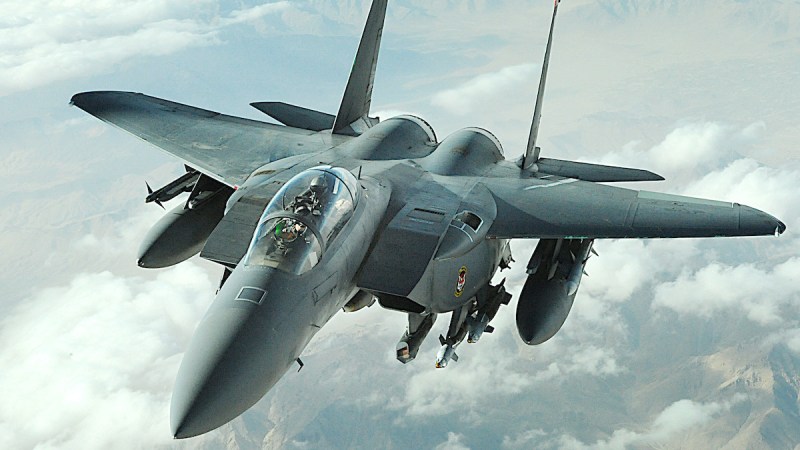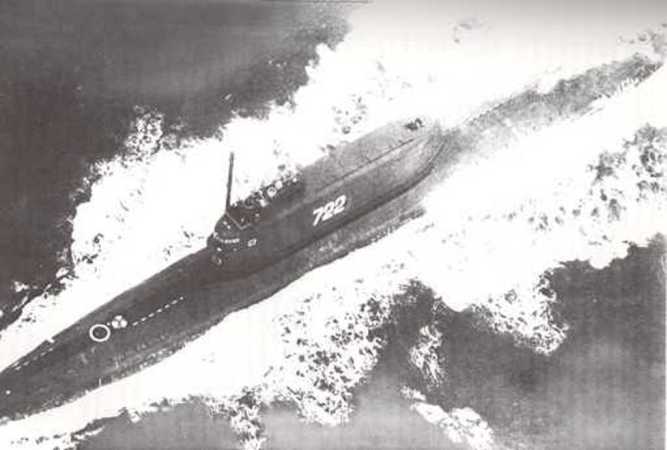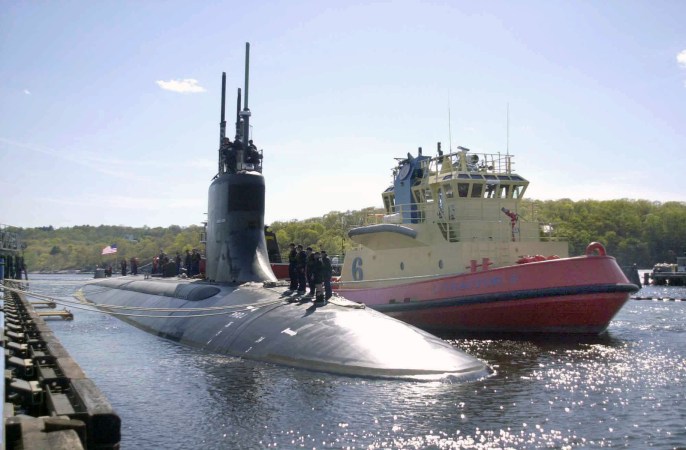It almost seems like something out of a James Bond movie — heavily armed submarines suddenly disappearing without a trace while underway.
But sadly, in 1968, the truth would turn out be far worse than fiction when four countries reeled after the successive losses of four submarines. 318 sailors from Israel, France, the Soviet Union, and the United States were tragically committed to their eternal rest in the Atlantic Ocean, the Pacific Ocean, and the Mediterranean Sea.
While some details have surfaced over the years, the causes behind the losses of each of these four submarines remain unclear to this day, posing a mystery for historians, researchers, and naval engineers alike.
INS Dakar

The Dakar, an Israeli vessel, was the first of the four submarines to go missing that fateful year. Originally produced for the British Royal Navy in 1943 during the Second World War, Dakar was a diesel-electric submarine sold to Israel in the mid-1960s after being put through a considerable refurbishment which streamlined the sub’s hull and superstructure, upgraded the engines, and diminished the sub’s noise while underwater.
After spending most of 1967 undergoing a refit and sea trials after being sold to the Israeli navy, Dakar set sail on its trip across the Mediterranean Sea to Israel in mid-January of the following year, where she would be formally welcomed into active service with a large ceremony. Expected back by Feb. 2, Dakar never arrived.
Transmissions from the sub ceased after Jan. 24. Immediately, all nearby naval vessels from a number of countries, including Great Britain, the United States, Turkey, and Greece, began a sweeping search-and-rescue mission to find the Dakar. Despite finding one of the sub’s emergency buoys in 1969, Dakar remained hidden in the murky depths of the Mediterranean, lost with all hands.
It wasn’t until 1999 that Dakar was be found, laying on the seabed near Crete and Cyprus. Parts of the submarine were raised to the surface, including its conning tower and a few smaller artifacts. To this day, a number of theories on the loss of Dakar exist, though none of them appear to be the definitive answer behind why the submarine went down.
Minerve (S647)

Minerve, another diesel-electric submarine, was the second loss of 1968, going down just two days after Dakar in January. Typically staffed with a crew of 50 sailors, the Minerve was a smaller patrol sub, though retooled to conduct experiments on behalf of the French Navy. Able to carry missiles, it could stay submerged for 30 days before resurfacing to recharge its batteries and resupply.
On Jan. 27, Minerve was roughly 30 miles from base when its crew made contact with a French Navy aircraft to confirm their arrival time of less than an hour. After that transmission, the Minerve went silent. Now with their submarine overdue and unresponsive, the French Navy kicked into high gear, launching a large search-and-rescue operation including an aircraft carrier and smaller research submersibles.
To this day, the Minerve has never been found, even though it was lost a relatively short distance from its homeport. The sub’s entire crew of 52 sailors perished with their ship.
K-129

Built for the Soviet’s Pacific Fleet as a ballistic missile submarine, K-129 had been active for over 7 years by the time it was lost in early March of 1968. With sharp and sleek lines, the K-129 looked more like a shark than it did a traditional submarine. Armed with nuclear-tipped torpedoes and missiles, it was far more dangerous than the average diesel-electric submarine in service at the time.
While on a combat patrol in the Pacific Ocean, the submarine went unresponsive, having failed to check in on assigned dates. The Soviet Navy began a frantic search for their lost sub, worried that it was lost with all hands. After sweeping the area where K-129 was supposed to conduct its patrol for weeks, the search was called off and the sub was declared lost with its 98-man crew.
That, however, wasn’t the end of the K-129’s story. The U.S. Navy, with its SOSUS intelligence system, was able to triangulate the location of the missing sub, having detected an underwater “bang” on March 8.
After the K-129’s loss, the Central Intelligence Agency saw a major opportunity in finding the wreck and extracting code books and encryption gear from the sub’s bridge. It would give them a huge advantage in snooping on Soviet military and espionage activities. Code-naming the operation “Project Azorian,” the CIA used a gargantuan ship called the Glomar Explorer, outfitted with a big mechanical claw to grip and collect the submarine.
Project Azorian proved to be something of a mixed bag of results. While attempting to raise the K-129 from the seabed, the large grappling claw holding the stricken submarine malfunctioned and the vessel cracked in two. The forward half of the submarine was lifted into the Glomar Explorer, but the aft fell back into the ocean, taking with it the control room and all-important code books and cryptographic gear.
Nevertheless, the bodies of six of the sub’s lost crew were recovered and buried by the CIA at sea with full military honors. The CIA has still kept silent on what else they recovered from the front section of K-129. The sub’s missiles remain in the ocean.
USS Scorpion

Commissioned in 1960, the Scorpion was a Skipjack-class fast attack submarine designed to prowl around near Soviet patrol sectors, waiting to hunt down and destroy enemy surface and subsurface warships. In early 1968, Scorpion departed for the Mediterranean from Norfolk, Virginia after undergoing a hasty 9-month refit.
In May, the Scorpion and its crew found themselves at Rota, Spain, where they provided a noise cover for a departing Navy ballistic missile submarine by making high-speed, “loud” dashes as the larger missile sub slipped away. This was to keep nearby Soviet subs and spy ships from monitoring and recording the Navy’s newest nuclear deterrent’s noise signature for further reference.
Less than a week later, Scorpion went missing. Overdue by nearly a week for its return to Norfolk, its homeport, the Navy began searching for its submarine. Five months later, the remains of the attack submarine were found on the ocean floor near the Azores. It had been lost with all hands.
A number of differing theories exist on the destruction of the Scorpion, with some claiming that the sub was deliberately torpedoed by the Soviet Union in retaliation for supposed American involvement in the loss of K-129. The last received transmission from the submarine seems to lend a margin of credibility to these claims — the sub’s captain reported contact with Soviet vessels and declared his intention to reconnoiter the area.
Others say that the unusually fast refit that Scorpion underwent in 1967 left considerable room for technical error, thanks to Navy contractors cutting corners to get the sub back out to sea. As a result, mechanical failure was to blame. Further groups of researchers and historians believe that the submarine could have gone down due to a malfunctioning torpedo exploding aboard the vessel.
Even to this day, the majority of Scorpion’s last patrol is still classified, and the Navy’s official position on the loss is “inconclusive.”


























